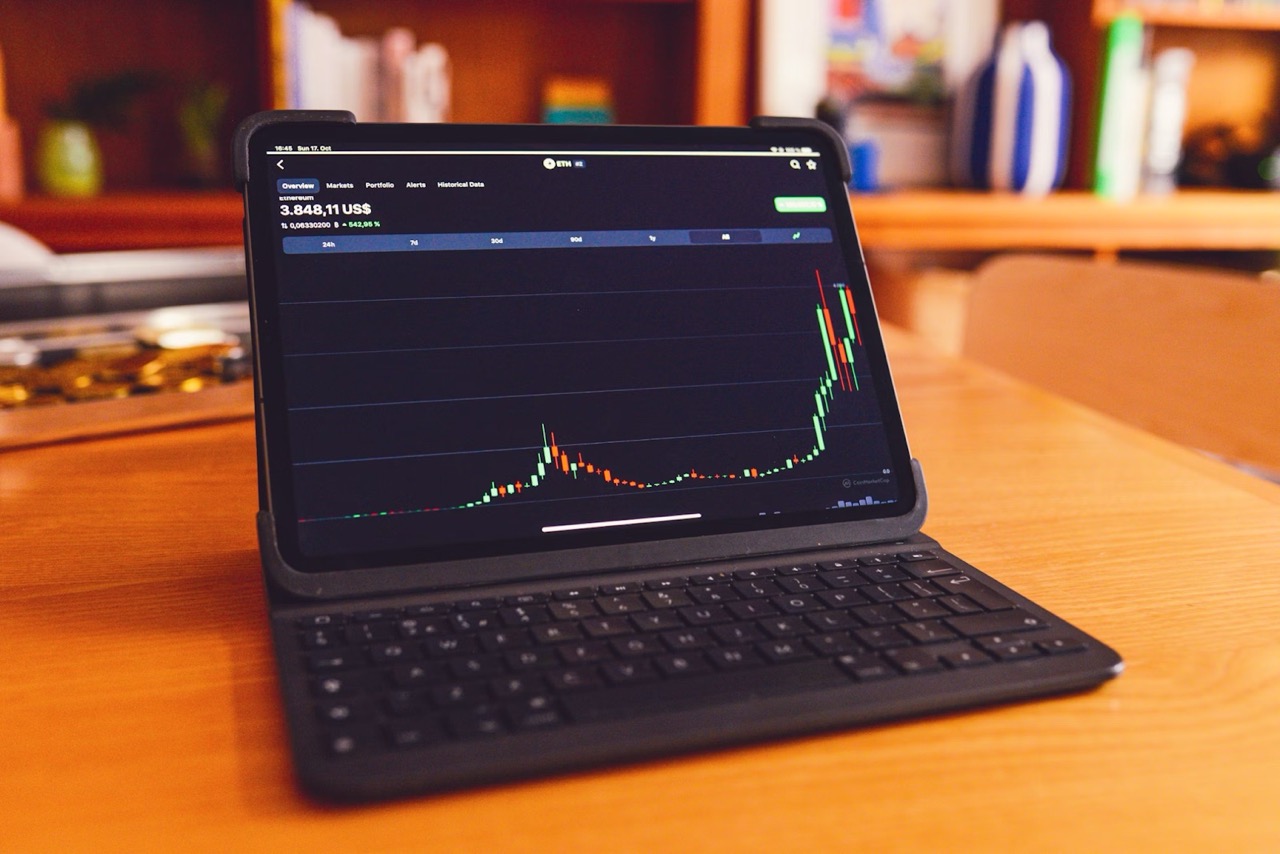Crypto Long vs Short: What It Means and How It Works
Trading crypto has two main strategy lines: long and short. Long is simply buying coins and waiting for their price to go up, while shorting means that you can borrow a currency, sell it and return it later.
The short and long trading in crypto isn’t new as these elements were present in the classic stock exchange trading, but there are some unique aspects to them that you should be aware of before trading. Let’s break it down.
What Is a Long Crypto Position?
A long crypto position means that you analyze the market, find a coin that you believe will rise in value over time, buy it, and wait. When it reaches its peak value according to your analysis or when you estimate that you’re making a good enough profit, you sell it and reap the profits.
For example, you can buy Bitcoin when it’s at $75,000, hold it till it rises to $80,000, and sell it, getting a $5000 profit. You simply make the money if the price goes up, and your risk is only if the price of the currency you’re trading goes below what you paid for it.
Long trades are great when the market is strong and stable, and there is no bad news about the currency you’re looking at. This increases the trust in the market, which means more people buy coins, and the value steadily rises.
Still, before investing in any crypto, you need to research the top crypto wallets out there, find the one that best fits your needs, and set it up. Then, you’ll be able to easily and quickly buy and sell different tokens.
What Is a Short Crypto Position?
A short crypto position is the opposite of a long position, meaning you make money when the prices of coins go down. The way it works is that you borrow a coin first, sell it right away, wait for its price to drop at a later date, purchase it, and return it to the borrower. You keep the difference.
A quick example: You borrow Ethereum when it’s $2000 and sell it right away. After a while, the price drops to $1500, you buy it and return it to the borrower. You keep the $500 difference.
Even though it’s simple to understand how shorting works, it’s a much riskier strategy than a long position. The reason behind it is that you lose when prices go up, and they can go up indefinitely.
To illustrate this through an example, if you buy Ethereum for $2000 with a long position strategy and its price drops to $0, you lose $2000. That’s it, you can’t lose more than that.
With shorting, if you buy Ethereum at $2000, sell it right away, and its price starts to skyrocket and goes up, there’s no saying how much you can lose because you need to buy Ethereum again to be able to return it to your borrower.
Main Differences Between Long vs Short
As we’ve outlined, both long and short strategies can be great for earning money in crypto, but their core mechanisms differ in many ways. Here are some key items to remember:
- Long trading involves you buying and owning a coin.
- Short trade involves you borrowing a coin.
- Long position is best in rising, strong markets.
- Short position is best in falling markets.
- Losses in long trades are limited.
- Losses in short trades are unlimited and much riskier.
What You Need to Start
To trade both long and short, you’ll need more than just a basic crypto wallet. Most beginner platforms only let you buy and sell coins the regular way. To short coins or use advanced trade types, you’ll need access to margin or futures trading.
That means picking a platform that offers these features. These exchanges let you borrow funds to open larger trades. They also allow you to short coins directly, which standard apps don’t support.
Leverage
You’ll also need to learn how to use leverage, which lets you trade with more than what you have in your account. It sounds exciting, but it’s also dangerous. The higher the leverage, the less room for error. A small price move can wipe out your position if you’re not careful.
Let’s say you have $200 and use 5x leverage. That means you’re trading with $1,000. You use it to buy Bitcoin at $20,000. If the price goes up 5%, you make $50. That’s a 25% gain on your $200.
But if the price goes down 5%, you lose $50. If it drops more, you could lose your whole $200. The more leverage you use, the faster you can win or lose. That’s why it’s risky and should be used with care.
Stop-Loss and Take-Profit
Another important thing includes a trading plan, risk control tools like stop-loss and take-profit settings, and the discipline to follow your rules. Without these, the tools won’t help. They’ll just speed up how fast you lose money.
A stop-loss is a tool that helps limit your losses. You set a price where your trade will close if it goes the wrong way. Consider it a safety net of sorts. If the price drops too far, the stop-loss closes the trade and protects the rest of your money. This helps you avoid big losses from sudden moves. You choose the level based on how much risk you’re willing to take.
A take-profit works the other way. It closes your trade once you’ve made a set amount of profit. You don’t have to watch the screen all day. When the price hits your target, the trade closes, and you lock in your gains. It’s useful when you have a clear goal and want to stick to it. Both tools keep emotions out of trading and help you stick to your plan.

